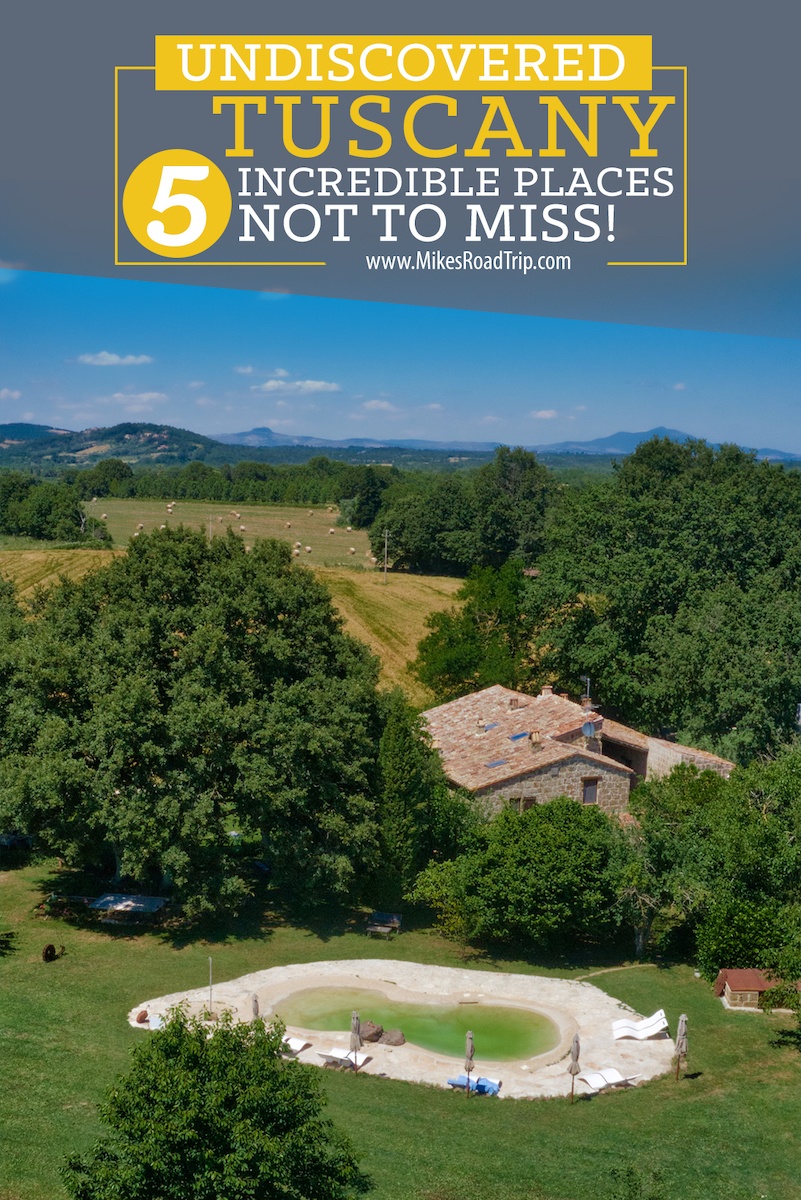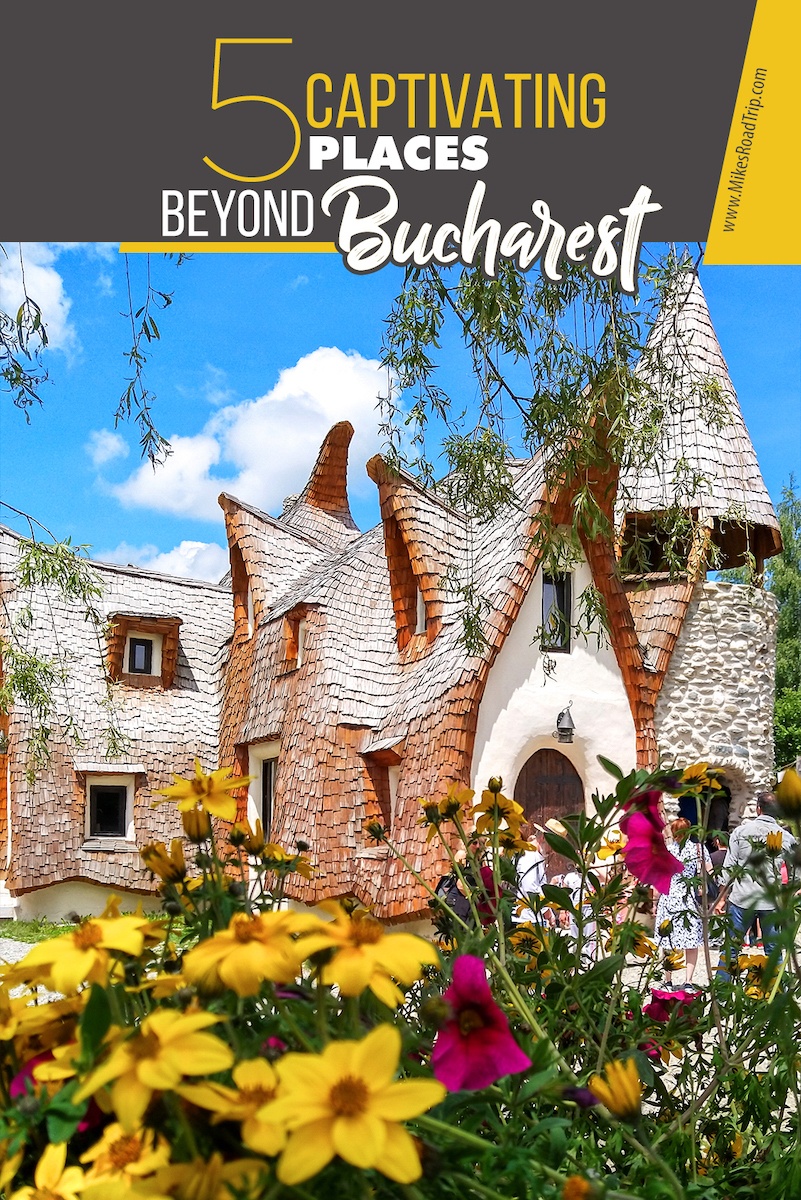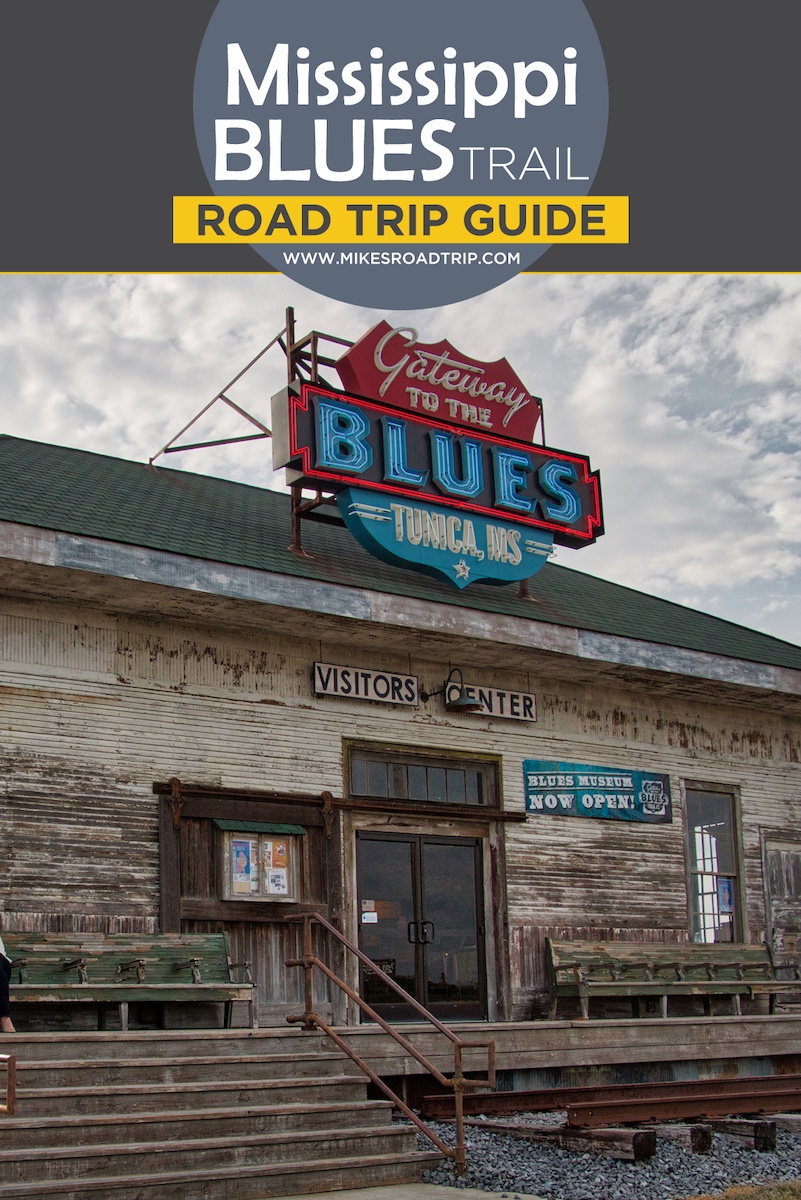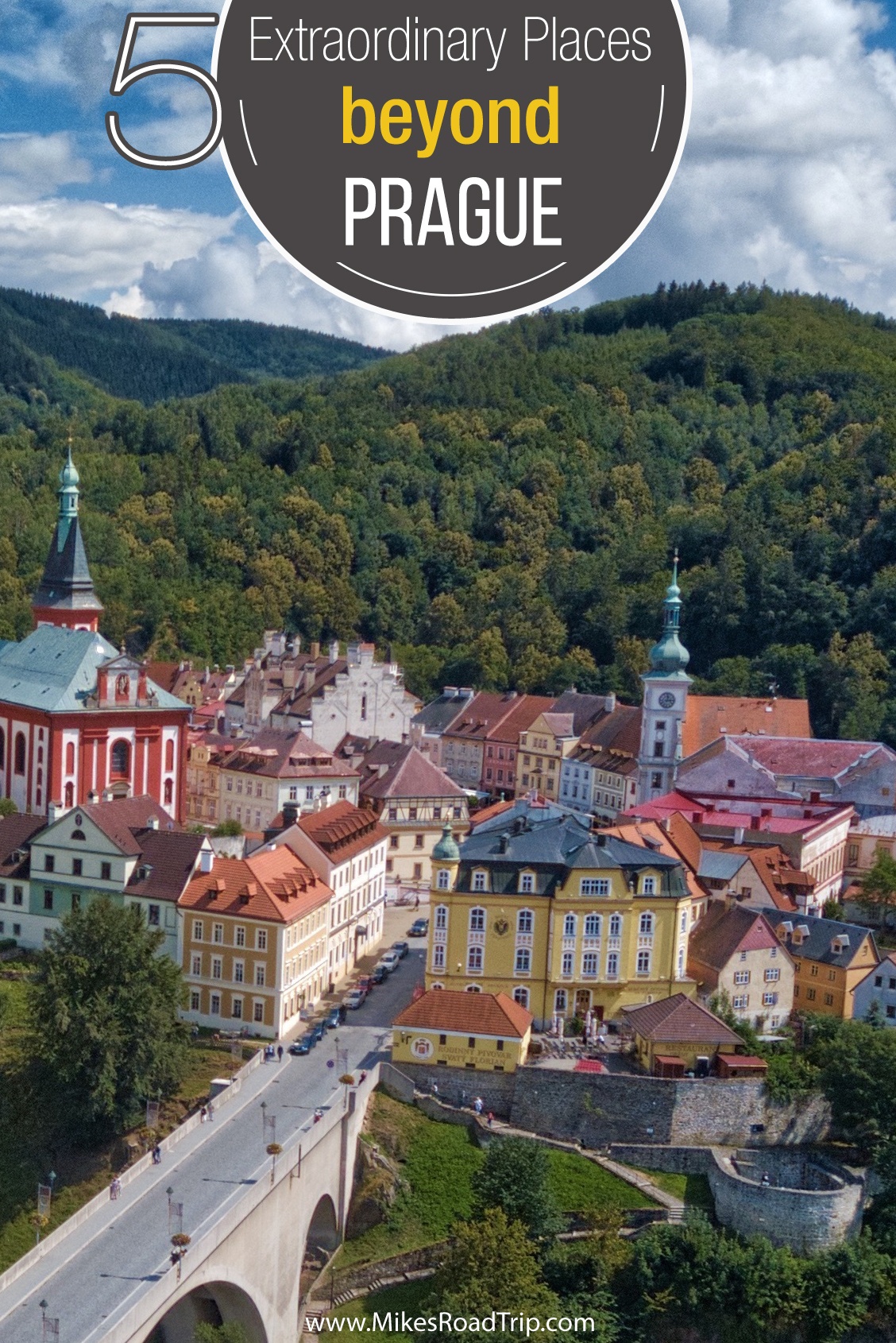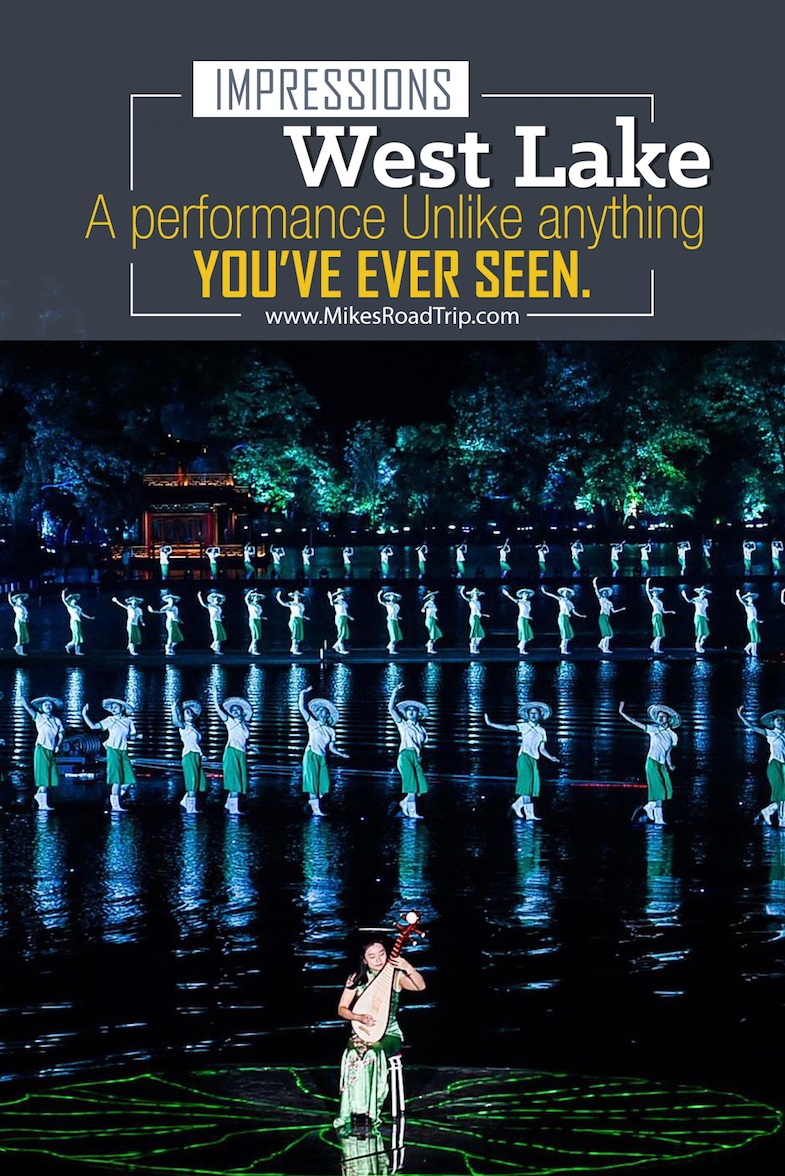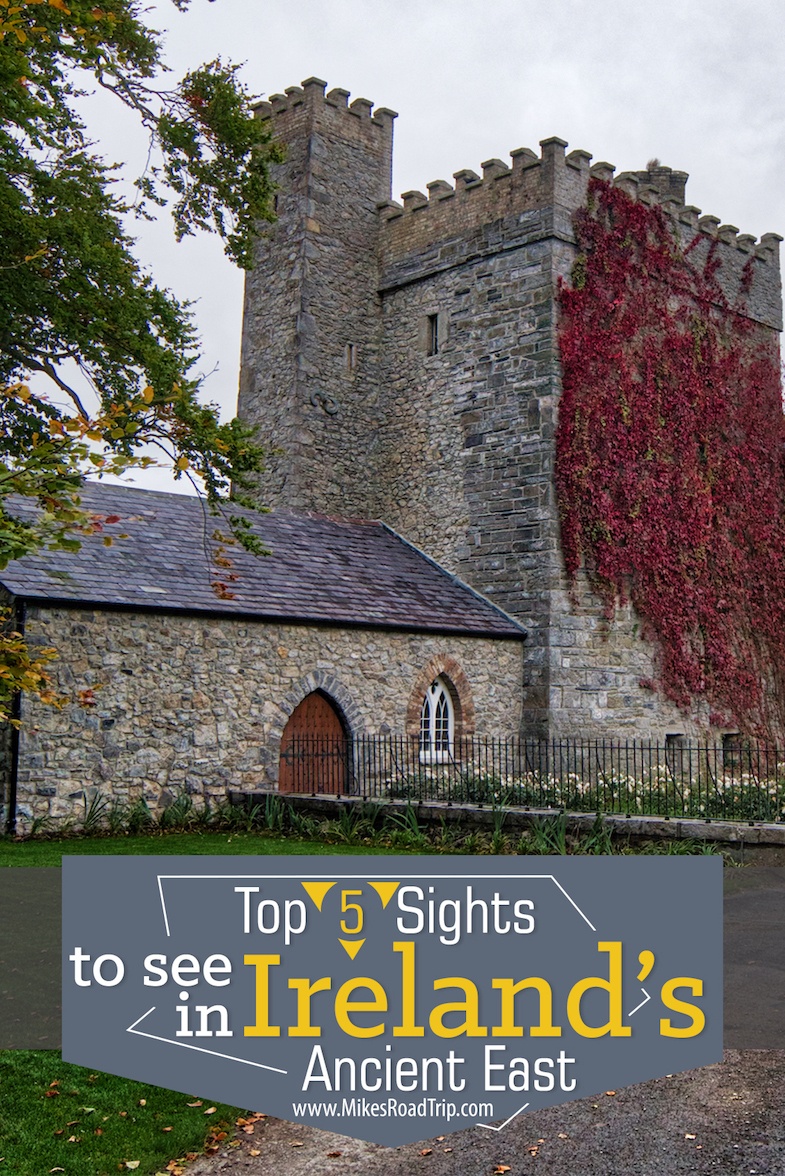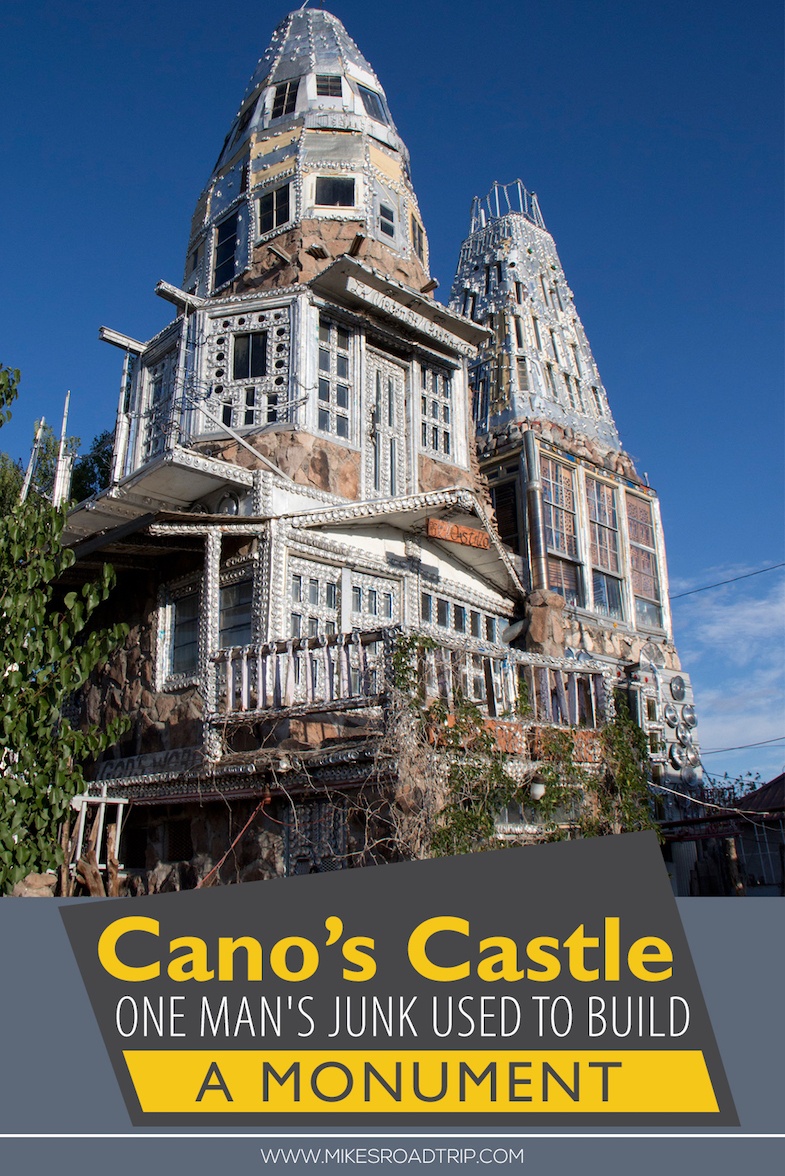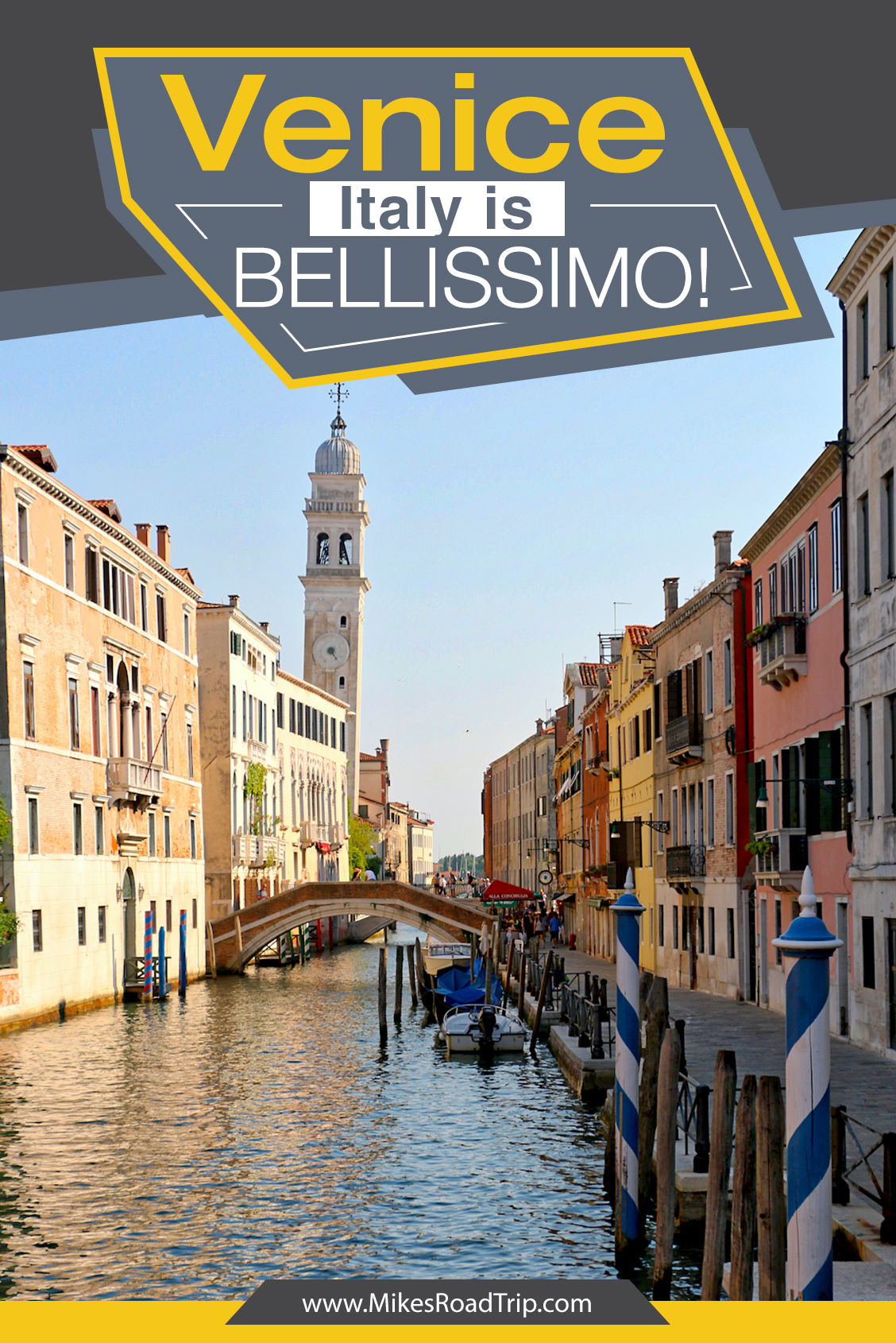Hangzhou Global Tour: Day 27
It was a beautiful day in Boston. First up on our agenda was a tour of the Harvard University campus, which was led by a highly informed student. We learned some fascinating facts about Harvard during the tour…for starters, the university dates all the way back to 1636, well before the Founding Fathers were even born.
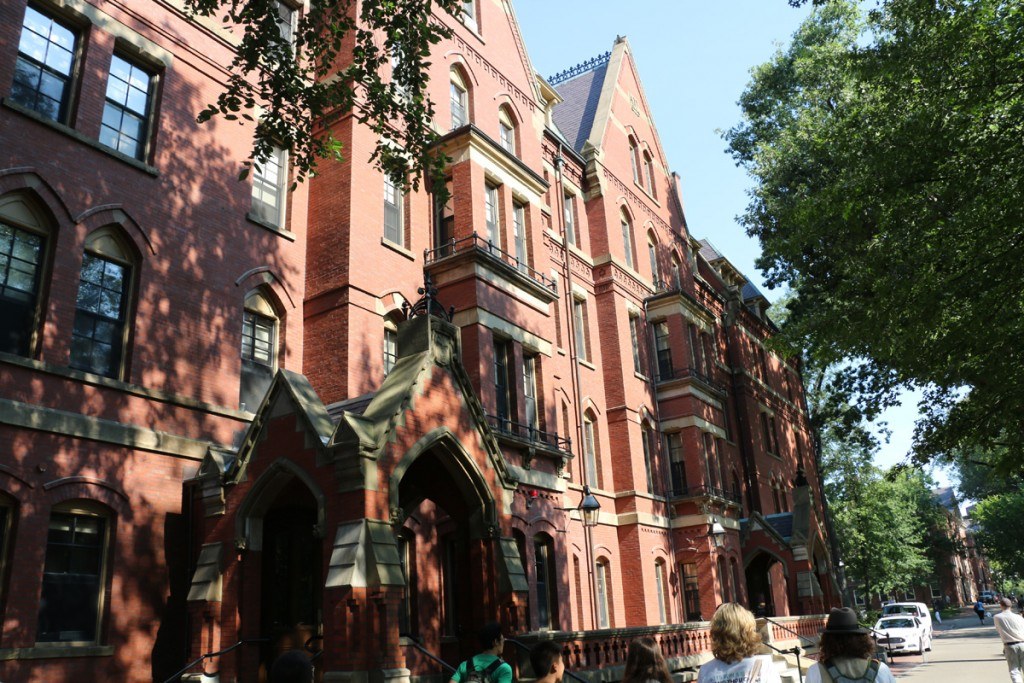
There are 14 different schools within Harvard, with just 6600 students. However, there are 13 graduate schools that add another 14,000 students, for a total of 21,000.
In the 1970s, the “great experiment” took place, where Radcliffe (a former women’s college that became part of Harvard) merged dorms with students at Harvard. 50 women moved to one of the men’s dorms, and 50 of the luckiest men on campus were moved to the Radcliffe dorm. One of those men was Bill Gates himself.
Until 1999, all Harvard students who attended Radcliffe, had a stamp on their diplomas saying so. Now, all Harvard students are the same. Radcliffe still exists today and is the graduate school for women’s advanced studies. Straus Hall was the freshman dorm room for our tour guide, which he pointed out also played host to Supreme Court Justice John Roberts and Facebook founder, Mark Zuckerberg. He was all too proud to point this out.
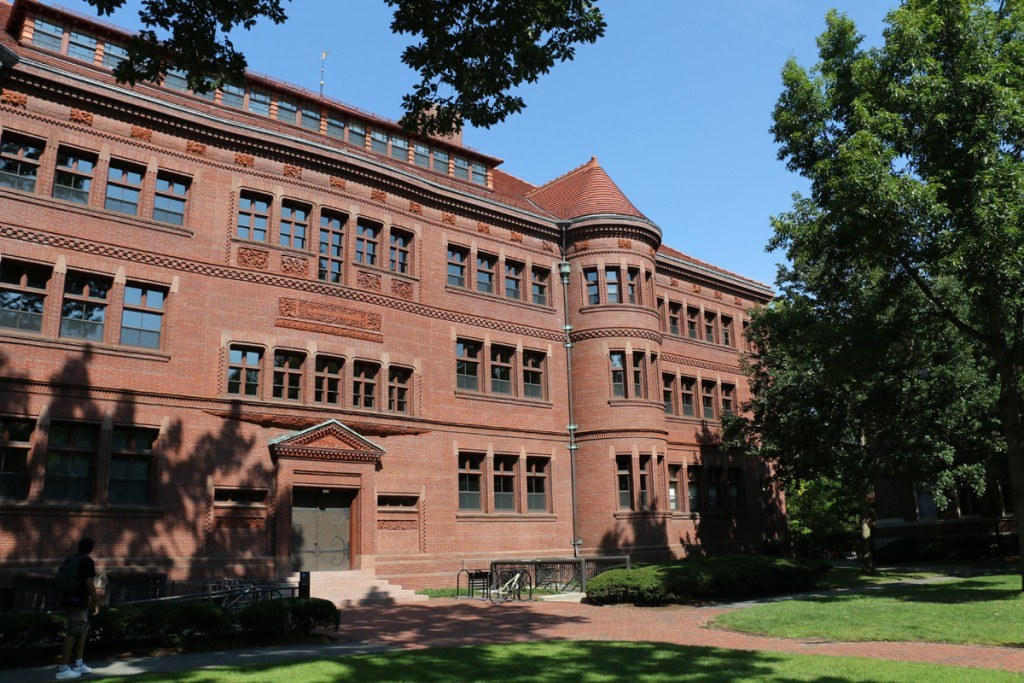
Massachusetts Hall is the second oldest academic building still in use in the U.S. and was built in 1720. Originally the building was used as a student dorm, however in 1775 to 1776, soldiers used the building during the Siege of Boston (Independence War). During their stay, all of the metal doorknobs in Massachusetts Hall were stolen. Harvard was not very happy about this, so they sued the U.S. Government and the case went down in history to be the first ever successful entity to sue the U.S. Government and win. To be fair, the soldiers did have a pretty good reason for stealing the doorknobs; they were melted down and used for ammunition to defend themselves against attacking British soldiers.
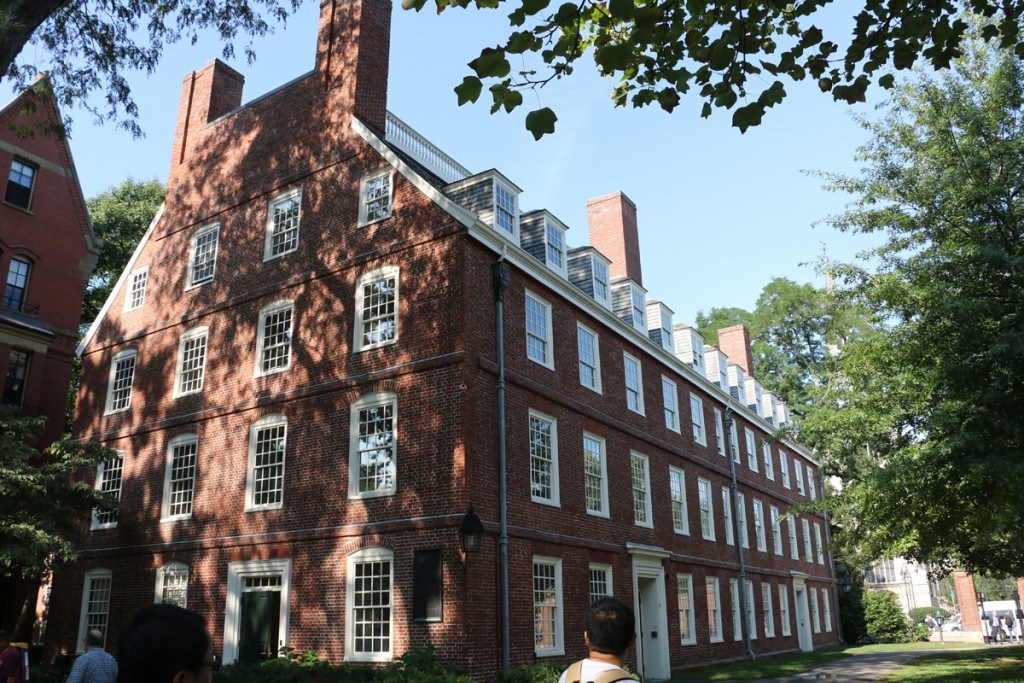
Something else I learned that really sets Harvard students apart from their counterparts at many other universities, is the fact that professors do not focus their instruction on tasks or vocation, but rather theoretical and critical thinking. This develops students into leaders who can come up with creative and innovative solutions to many of the world’s problems.
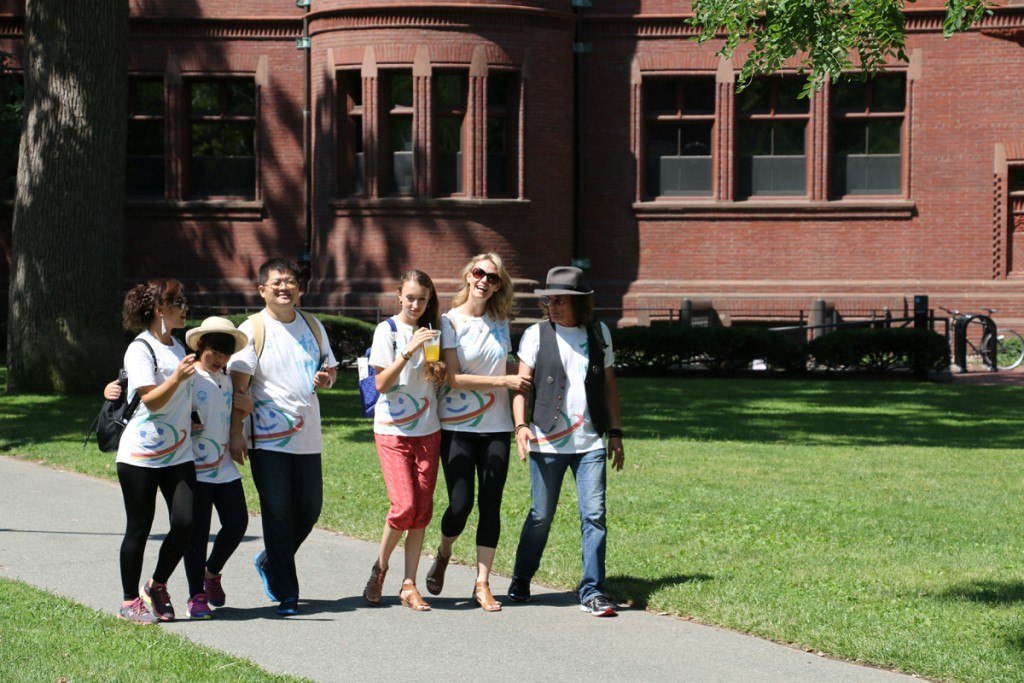
While there have been many famous people who’ve been educated at Harvard, the most infamous to attend was probably Isoroku Yamamoto. Who is he, you ask? Oh, he was the commander-in-chief who led Japan to attack Pearl Harbor.
The Harvard Widener Library is the largest in the world, with over 5m books and 50 miles of shelving. The story of how the library became so large is an interesting one. In the early 1900s a young Harvard student named, Harry Elkins Widener, took a trip on the now infamous ship, The Titanic. After hitting the iceberg, Harry managed to get to the safety of a lifeboat. However, once aboard, he realized he had left some important essays and books back in his stateroom. So, as any good Harvard student would do, he abandoned his rescue boat and climbed back aboard the sinking ship. Unfortunately for Harry, it took him too long to retrieve his essays. By the time he reached an area of the ship to escape, it was too late…the pull pressure from the sinking Titanic took any remaining passengers to the bottom of the sea.

Fortunately for future generations of Harvard students, Harry’s mother was a wealthy and generous person who decided to provide a very large donation ($2m back then) for the university to expand its library, however there were four conditions for the grant.
- No stone or brick or altering of the existing library could be moved or altered, which meant the only choice was to go down into the earth. If this condition was not met, the library and its property would revert to the city of Cambridge.
- The second stipulation was that there was to be an exact replica of Harry’s room on display at the library. It’s so precise, they brought all of his furniture and belongings from his room at home, which are still on display today. One of his belongings even included an original Gutenberg bible. In memory of Harry, everyday a Harvard worker brings fresh flowers to his room, which has been going on for nearly 100 years now.
- Harry was a big fan of ice cream, so as the third stipulation, Harry’s mom demanded that all Harvard students get free ice cream anytime they want. All dining halls have as much as any student could ever want.
- Harry did not know how to swim. His mother truly believed that if he had known how to swim, he would have lived. So, the final stipulation was that it was required that all Harvard students learn how to swim, which took place until the passage of the American’s with Disabilities Act passed in the 1970s.
 After our campus tour we visited the newly opened Harvard Art Museum, which houses some fantastic pieces work, some I even recall studying in my college art history classes. The museum has works of art that span from Roman antiquities and Chinese Dynasties, to Renaissance and even modern art from Picasso and Monet. On the top floor of the museum is a very interesting interactive display in which visitors can pull up each piece of artwork at the Museum and get more information about the artist, its origin, etc.
After our campus tour we visited the newly opened Harvard Art Museum, which houses some fantastic pieces work, some I even recall studying in my college art history classes. The museum has works of art that span from Roman antiquities and Chinese Dynasties, to Renaissance and even modern art from Picasso and Monet. On the top floor of the museum is a very interesting interactive display in which visitors can pull up each piece of artwork at the Museum and get more information about the artist, its origin, etc.
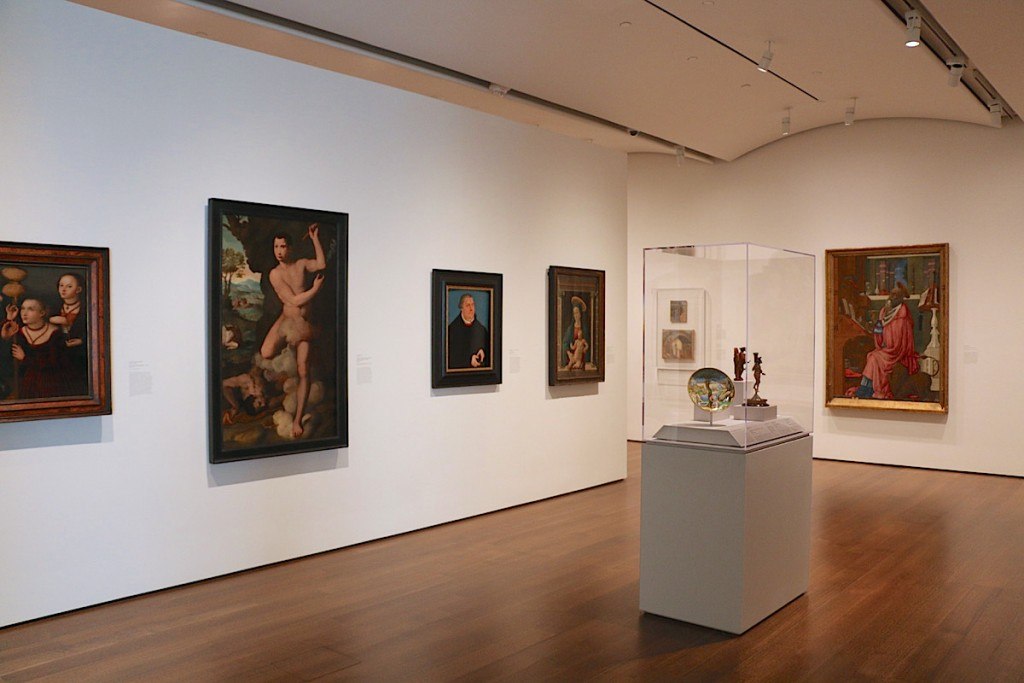
Since 1982, Boston has been a sister city to Hangzhou, so when the Mayor found out an entourage was coming for a visit, he planned to meet with us. Unfortunately, the mayor was called away on business at the last minute, so he sent another representative in his place who was kind enough to show us around city hall and answer some questions.
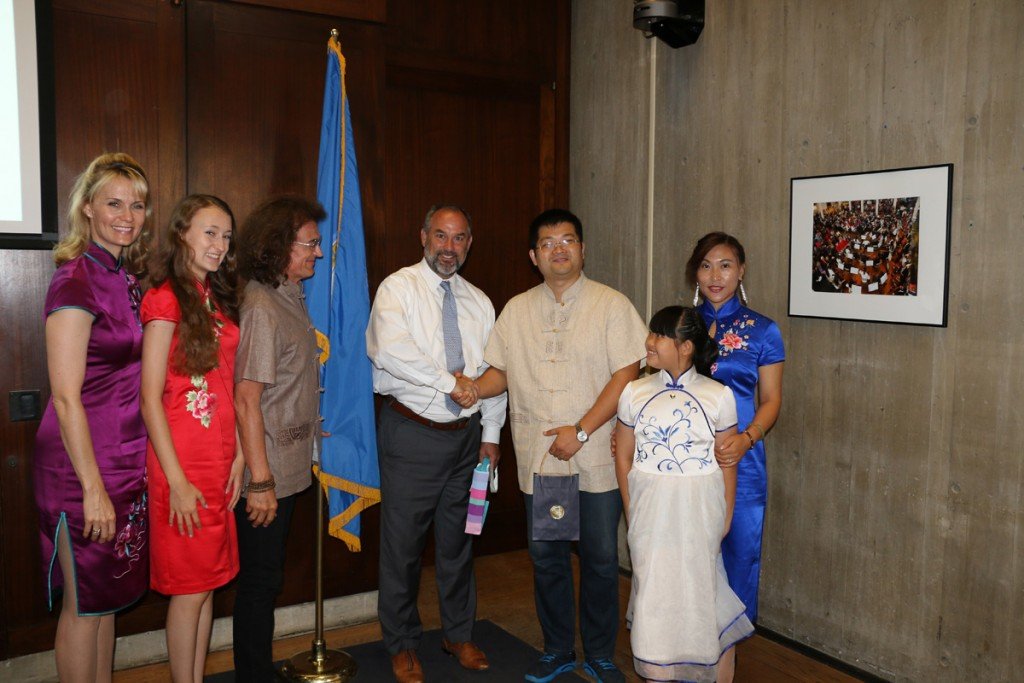
Tomorrow we stroll down Freedom Trail and end at Quincy Market, so please stay tuned for my second day in Boston for the Hangzhou Global Tour. In the meantime, if you missed my last update, click here. To read the next one, click here.




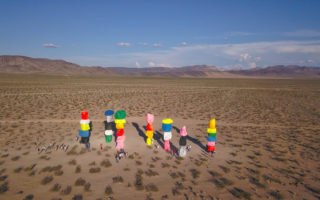





![Top-5 Best Places to visit in Belgium beyond Brussels [video included]](https://mikesroadtrip.com/wp-content/uploads/2020/07/Pin-6b.jpg)
![Top-10 Most Interesting Facts about Arizona [Video Included]](https://mikesroadtrip.com/wp-content/uploads/2020/07/Pin-2.jpg)





